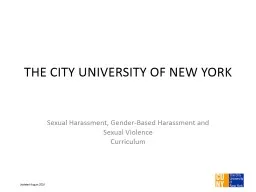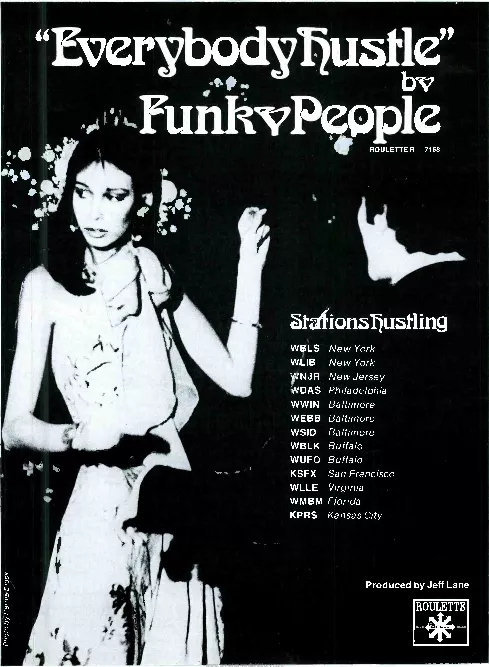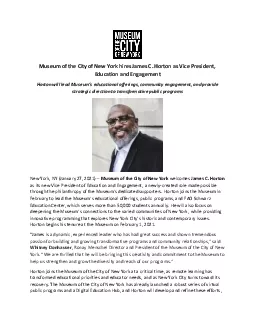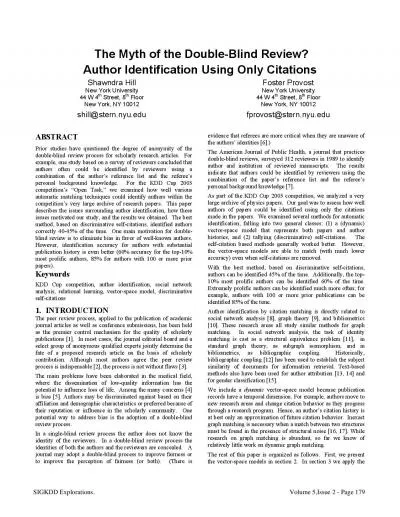PPT-THE CITY UNIVERSITY OF NEW YORK
Author : tatiana-dople | Published Date : 2017-09-27
Sexual Harassment GenderBased Harassment and Sexual Violence Curriculum 1 Updated August 2016 Sexual Harassment Policies Prevention And Resources What are sexual
Presentation Embed Code
Download Presentation
Download Presentation The PPT/PDF document "THE CITY UNIVERSITY OF NEW YORK" is the property of its rightful owner. Permission is granted to download and print the materials on this website for personal, non-commercial use only, and to display it on your personal computer provided you do not modify the materials and that you retain all copyright notices contained in the materials. By downloading content from our website, you accept the terms of this agreement.
THE CITY UNIVERSITY OF NEW YORK: Transcript
Download Rules Of Document
"THE CITY UNIVERSITY OF NEW YORK"The content belongs to its owner. You may download and print it for personal use, without modification, and keep all copyright notices. By downloading, you agree to these terms.
Related Documents














